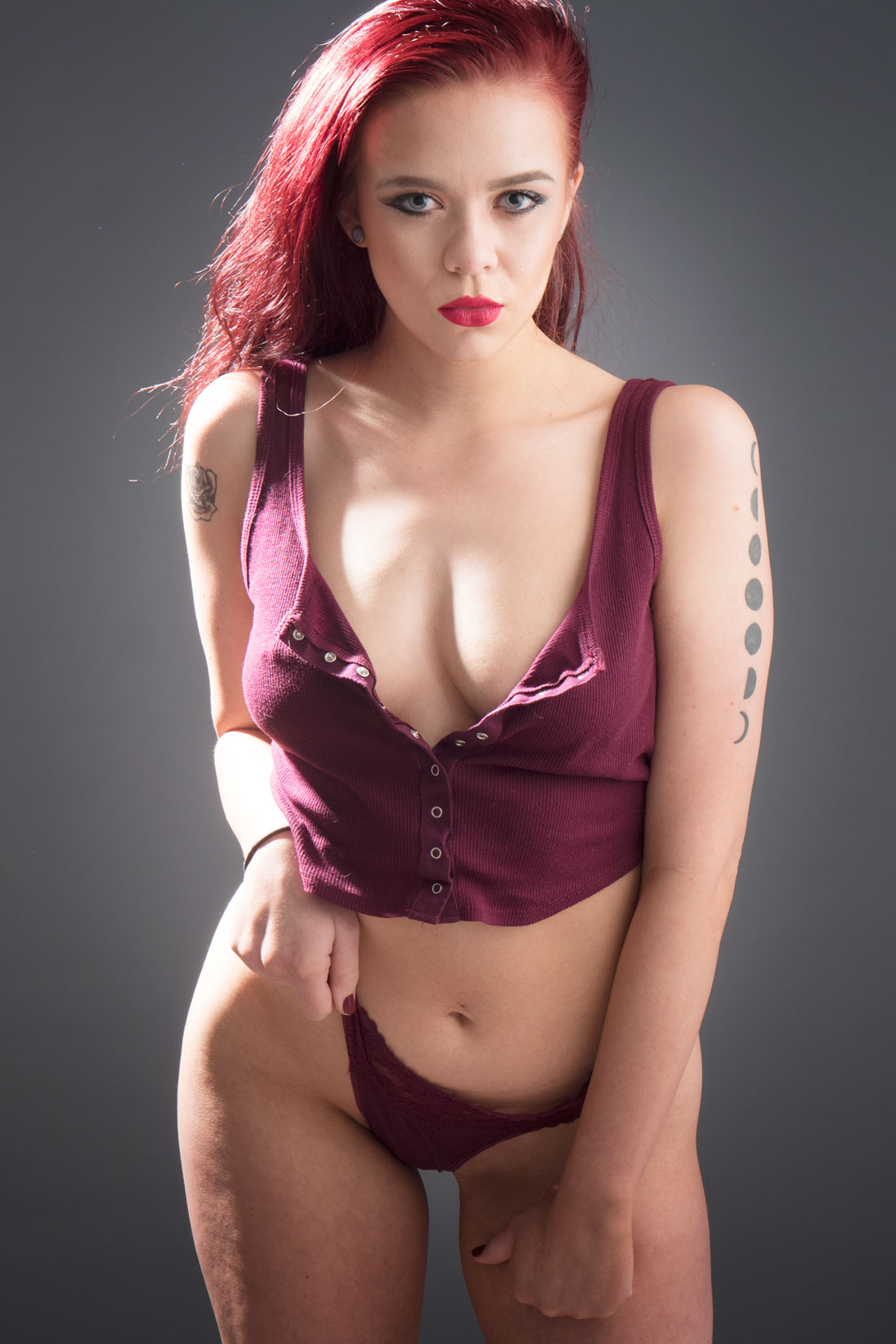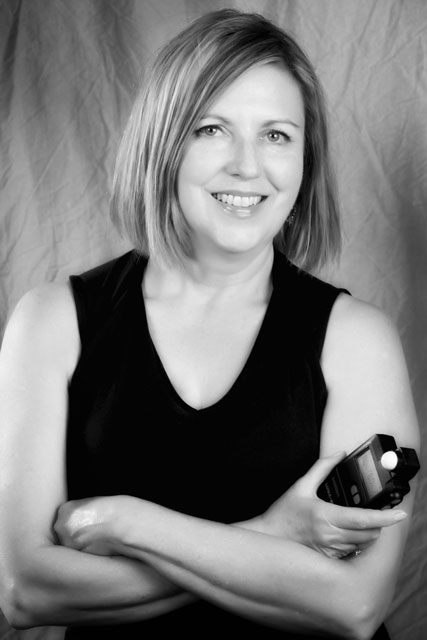Today’s Post by Joe Farace
“The reason some portraits don’t look true to life is that some people make no effort to resemble their pictures.” ―
 For me, determining the proper exposure in the studio is done the same way as when I’m shooting outdoors with natural light—by using a handheld light meter. Studio flash users are almost always going to need some kind of light meter that reads flash. If you’re only shooting with available light or continuous light sources, you can easily get by with the reflected light meter that’s built into your camera.
For me, determining the proper exposure in the studio is done the same way as when I’m shooting outdoors with natural light—by using a handheld light meter. Studio flash users are almost always going to need some kind of light meter that reads flash. If you’re only shooting with available light or continuous light sources, you can easily get by with the reflected light meter that’s built into your camera.
When pointed at a subject, light meters, in camera or hand held, are calibrated to provide a more-or-less accurate exposure measuring reflectivity somewhere around 18% grey. With hand held meters, their exact value of measurement varies with some meters measuring 12% (the most common) and others at 14% reflectivity.
In most cases, the aperture that a flash meter used in incident mode provides will be close enough for your first test shots An incident meter works by reading the intensity of the light falling onto the subject, as opposed to the light reflected off of the subject like a reflective meter does.
You might want to take the time to look at the test shot’s histogram because sometimes the image on the LCD is to bright, too dim or maybe too contrasty. Then you should refine the exposure though additional test shots until you have the exposure you like. If you are not familiar with the histogram function of your digital SLR, take some time to read your camera’s User’s Guide about how it work or you can check out my post about Histograms on my car photography blog. That same approach works for people photography too. Knowing how to interpret histogram readings will help improve the exposures all of your images—flash or not
 How I made this portrait: I photographed once aspiring and now wildly successful model, Ashley Hannah in my home studio using a Panasonic Lumix GH4. Lens was a Lumix G Vario 14-45mm f/3.5-5.6 at 45mm. Exposure, measured by a Gossen Luna Star F2, was 1/125 sec at f/8 and ISO 200. Retouched in Imagenomic’s Portraiture and tweaked in Color Efex Pro.
How I made this portrait: I photographed once aspiring and now wildly successful model, Ashley Hannah in my home studio using a Panasonic Lumix GH4. Lens was a Lumix G Vario 14-45mm f/3.5-5.6 at 45mm. Exposure, measured by a Gossen Luna Star F2, was 1/125 sec at f/8 and ISO 200. Retouched in Imagenomic’s Portraiture and tweaked in Color Efex Pro.
PS: Before a or subject arrives for a photo session I always make a few test shots to determine the proper exposure. Sometimes I’ll use an assistant or my wife Mary or when I used to shoot in my friend Jack Dean’s studio, we used his mannequin “Anna.” That way when the subject arrives you can concentrate on working with them to produce the kind of pose and expression that you want.
 If you enjoyed today’s blog post and would like to buy Joe a cup of Earl Grey tea ($2.50), click here.
If you enjoyed today’s blog post and would like to buy Joe a cup of Earl Grey tea ($2.50), click here.
My book Joe Farace’s Glamour Photography is full of tips, tools and techniques for glamour and boudoir photography with new copies available from Amazon for $34 as I write this. Used copies are selling at hard-to-beat prices starting around nine bucks and the Kindle version is $19.99 for those who prefer a digital format.